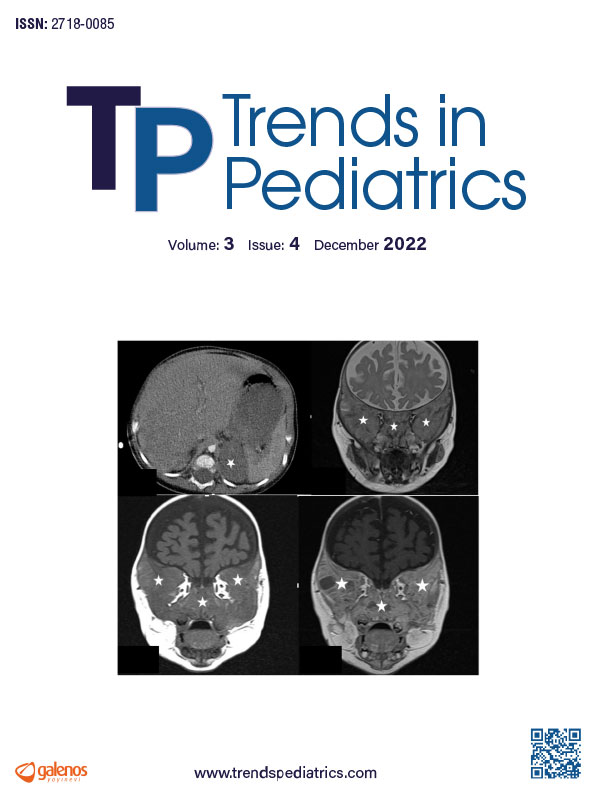Abstract
Objective: Headaches are among the most frequent disorders in children and adults. Recent evidence suggests that various neurological disorders, including headaches, epilepsy, and neurodegenerative disorders, are associated with deficiencies in vitamins D and B12. In this context, this study aims to compare serum vitamin D and B12 levels in pediatric patients with migraine or tension-type headaches with those of healthy children and to explore the relationship between the frequency of headache attacks and the deficiencies in the aforementioned vitamins.
Methods: The population of this retrospective study consisted of pediatric patients who presented with a headache lasting at least six months to the pediatric neurology outpatient clinics. The patients included in the study sample were categorized into two groups: Patients with migraines (n=54) and tension-type headaches (n=72). Additionally, 64 children without headaches were included in the control group. Detailed data on the features of headaches were obtained from the patients or their parents. Patients were categorized into three groups according to the frequency of the headaches as patients who had headache attacks a) once a week, b) twice or three times a week and c) ≥ four times a week. The patients were grouped into four grade levels based on their PedMIDAS scores. All participants included in the study were subjected to thyroid function tests, and vitamin D and vitamin B12 levels.
Results: There was no significant difference between the groups in serum vitamin B12 levels (p>0.05). However, the median vitamin D level was significantly higher in patients with migraine-type headaches (p<0.001). The rate of patients with vitamin D deficiency was significantly lower in the tension-type headache group than in the migraine group (p=0.005). There was no significant correlation between the Pediatric Migraine Disability Assessment (PedMIDAS) grades and vitamin B12 levels (p>0.05). However, the serum vitamin D levels of patients with a PedMIDAS grade between 1 and 3 were significantly higher in patients with migraine than in those with tension-type headaches (p<0.05). The serum vitamin D levels of migraine patients with a PedMIDAS grade of 4 were significantly lower than those of migraine patients with a PedMIDAS grade of 3 (p=0.018). The migraine patients with one and 2-3 attacks per week had significantly higher vitamin D levels than those patients with tension-type headaches (p=0.031 and p<0.001, respectively). Additionally, the vitamin D levels in migraine patients with ≥4 attacks per week were significantly lower than those of migraine patients with 2-3 attacks per week (p=0.010).
Conclusion: The patients with migraine and higher frequency of attacks had lower vitamin D levels.
Keywords: Vitamin D, children, migraine, tension-type headache, vitamin B12 deficiency
Copyright and license
Copyright © 2022 The author(s). This is an open-access article published by Aydın Pediatric Society under the terms of the Creative Commons Attribution License (CC BY) which permits unrestricted use, distribution, and reproduction in any medium or format, provided the original work is properly cited.














